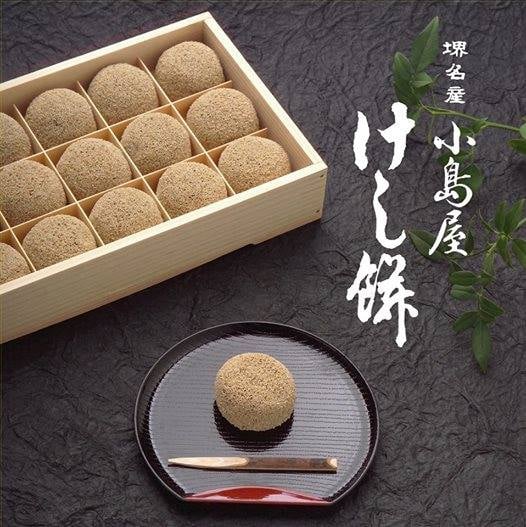In the Medieval, Sakai developed as a trading city open to the world and prospered as a free and self-governing city governed by the townspeople and filled with an enterprising spirit. Many outstanding tea masters such as Sokyu Imai, Sogyu Tsuda, and Sen no Rikyu were born in Sakai, and Sen no Rikyu, in particular, left a significant mark on the tea ceremony by developing the wabicha style of tea ceremony. Tea utensils from that period have been excavated at various locations in the Sakai moat encircling city site, indicating that the culture of enjoying the tea ceremony was not limited to a few people, such as wealthy merchants, but took root widely.
The tea ceremony encompasses a wide range of fields such as arts, crafts, calligraphy,flower arrangement, cooking, confectionery and still alive a part of the Japanese culture that we should be proud to share with the the world.
In Sakai today, the culture of enjoying the tea ceremony has been handed down through various tea ceremonies held by citizens and businesses. We should continue to take pride in Sakai, where the culture of enjoying the tea ceremony has been carefully nurtured, and pass it on to the next generation.
Here, the city decided to create a town where the culture of chanoyu (tea ceremony) could still alive, and this “Sakai Chanoyu Machizukuri Ordinance” was enacted.



コメント